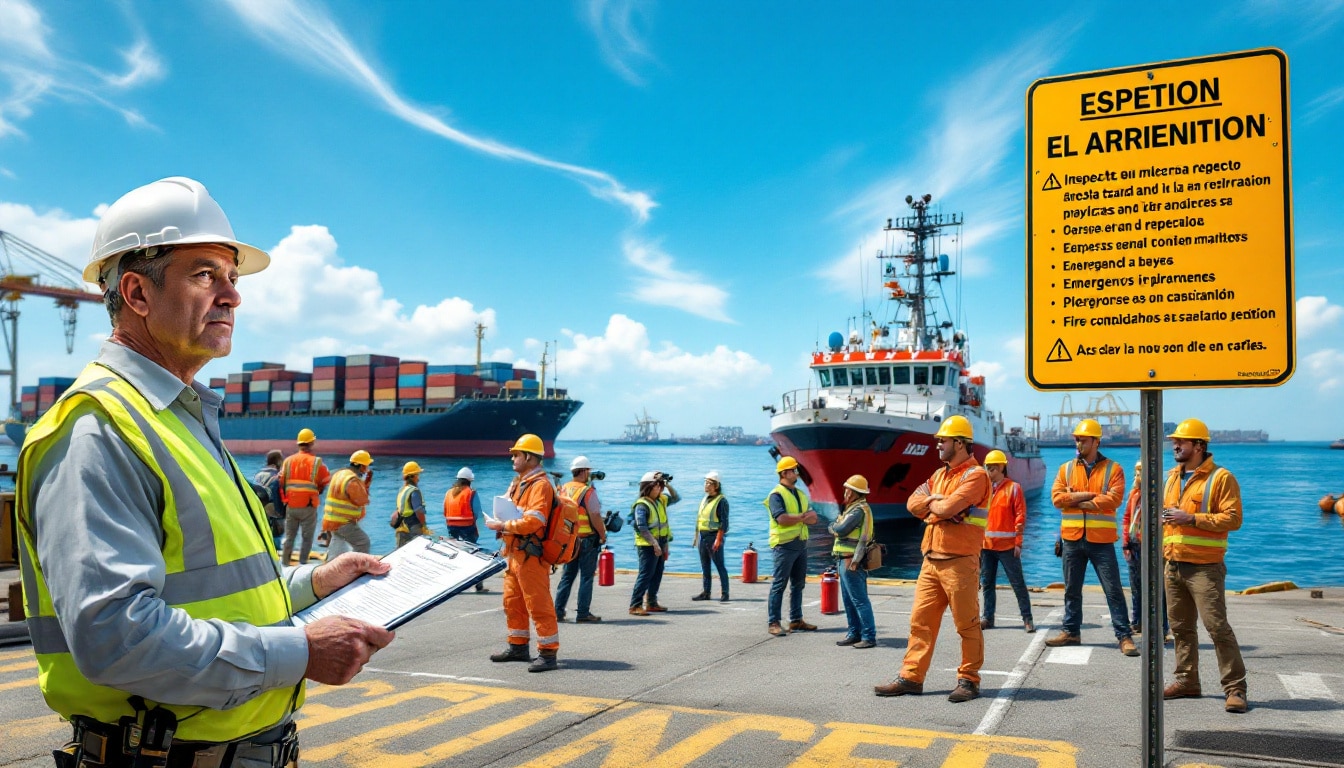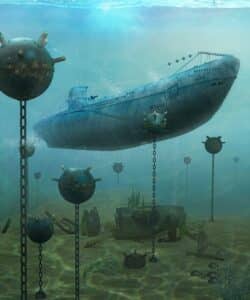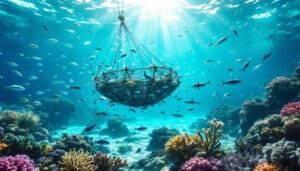We use cookies and data to deliver and maintain our Google services.
Track outages and protect against spam, fraud, and abuse.
Measure public engagement and site statistics to understand the use of our services and improve their quality.
If you choose to “Accept all”, we will also use cookies and data to develop and improve new services, deliver and measure the effectiveness of advertising, as well as to display personalized content based on your settings. On the other hand, if you opt for “Reject all”, we will not use cookies for these additional purposes. Non-personalized content is influenced by elements such as the content you are currently viewing, your current search session activity, and your location. Non-personalized advertising depends on the content you are viewing and your general location. Personalized content and ads may also include more relevant results, recommendations, and tailored announcements based on this browser’s previous activity, such as earlier Google searches. We also use cookies and data to adapt the experience to be age-appropriate, if relevant. Select “More options” to see additional information, including details on managing your privacy settings. You can also visit g.co/privacytools at any time.

Maritime security regulations have undergone significant changes in recent years, aimed at enhancing the protection of ships, crews, and the marine environment. These new standards address the growing challenges associated with modern navigation, risk management, and the preservation of marine ecosystems.
Table of Contents
ToggleWhat are the main changes in maritime safety standards?
The recent changes to maritime safety standards introduce stricter requirements regarding safety equipment, navigation systems, and pollution emission management. For example, the requirement to install advanced communication devices and automated monitoring systems aims to improve responsiveness in emergencies. In addition, the new rules impose enhanced regular inspections to ensure the ongoing compliance of vessels with international standards.
A key aspect of these changes concerns the integration of green technologies. The regulations encourage the use of alternative fuels and the adoption of cleaner propulsion systems, thereby reducing the carbon footprint of the maritime sector. This shift towards sustainability is essential to meet global goals for reducing greenhouse gas emissions.
Furthermore, the new standards emphasize the training and certification of crews. More rigorous training programs are now required to ensure that sailors have the necessary skills to effectively manage emergency situations and use advanced safety equipment.
How do these regulations impact stakeholders in the maritime sector?
The impact of the new maritime security regulations is felt on several levels. For transport operators, these rules imply increased investments in modernizing vessels and upgrading port infrastructure. Shipping companies must also revise their internal procedures to comply with heightened security and sustainability requirements.
Operators in the tourist maritime transport sector are particularly affected, as they must adapt their boats and services to meet stricter standards. This may include the installation of additional safety devices, improving onboard waste treatment systems, and ongoing crew training.
Moreover, the new regulations promote the emergence of partnerships among various actors in the sector. For example, HDF Energy has partnered with several others to decarbonize the maritime sector in Indonesia, illustrating the importance of collaboration to achieve safety and sustainability goals.
What technologies facilitate compliance with these new rules?
Technological innovation plays a crucial role in compliance with the new maritime security regulations. Advanced navigation systems, such as precision GPS and electronic radars, enable enhanced monitoring of vessels, thus reducing the risks of collisions and accidents at sea.
Emission management technologies, such as exhaust gas filtration systems and electric propulsion systems, are also essential for meeting environmental requirements. These innovations significantly reduce air pollutant emissions, thus contributing to the protection of marine ecosystems.
Additionally, the use of artificial intelligence and automated systems improves operations management onboard. Predictive maintenance software, for example, allows for anticipating failures and proactively planning maintenance interventions, thus ensuring the safety and reliability of vessels.
Finally, maritime data management platforms facilitate traceability and monitoring of regulatory compliance. They provide real-time visibility on vessel performance and allow operators to quickly respond in cases of non-compliance.
What are the main challenges in enforcing these regulations?
Implementing the new maritime security regulations presents several challenges. One of the main obstacles is the high cost of investments needed to modernize vessels and adopt the required technologies. For small and medium maritime enterprises, these expenses can represent a significant financial burden.
Another challenge lies in adequately training crews. The new standards impose additional skills that sailors must acquire, requiring intensive and ongoing training programs. This demands time and resources, both from companies and the employees themselves.
International coordination is also a major issue. Regulations may vary from country to country, complicating the task for maritime operators navigating international waters. Harmonizing rules at the global level would be ideal to simplify compliance and reduce regulatory inconsistencies.
Finally, resistance to change may hinder the adoption of the new standards. Some sector actors may perceive these regulations as a constraint rather than an opportunity for improvement, requiring awareness and communication efforts to demonstrate the long-term benefits.
What are the expected benefits of these new rules for the environment and sustainability?
The new maritime security regulations bring significant benefits for the environment and the sustainability of oceans. By requiring operators to adopt cleaner technologies and reduce their emissions, these rules contribute to the fight against climate change and the protection of marine ecosystems.
The adoption of eco-friendly propulsion systems, such as hybrid or electric engines, reduces dependence on fossil fuels and decreases CO2 emissions. Additionally, strict waste management on board vessels prevents marine pollution, thus protecting aquatic wildlife and flora.
Initiatives such as local blue economy also play a crucial role by fostering sustainable practices and encouraging environmental innovation. By supporting green projects, the new regulations stimulate the economy while ensuring the preservation of marine resources.
Furthermore, the establishment of green and digital maritime corridors, as proposed by Singapore and Linde here, streamlines trade routes while minimizing ecological impact. These corridors optimize journeys, thereby reducing fuel consumption and associated emissions.
What international examples illustrate effective implementation of the new regulations?
Several countries have already demonstrated effective implementation of the new maritime security regulations. For instance, Cyprus recently updated its maritime transport standards, enhancing safety checks and adopting green technologies here. These measures have improved ship safety while reducing their environmental impact.
Singapore, one of the world’s leading maritime hubs, plans to create a green and digital maritime corridor. This project aims to integrate advanced technological solutions to optimize maritime traffic management, enhance safety, and reduce polluting emissions.
In Indonesia, HDF Energy and its partners are working to decarbonize the maritime sector, demonstrating the country’s commitment to sustainable maritime practices here. These initiatives include the adoption of clean technologies and the development of suitable infrastructure to support eco-friendly vessels.
These international examples show that, despite the challenges, effective implementation of the new maritime security regulations is possible and beneficial. They serve as models for other nations seeking to improve their regulatory framework and promote safer and more sustainable seas.
How do the new regulations foster innovation in the maritime sector?
The new maritime security regulations stimulate innovation by encouraging companies to develop and adopt advanced technologies. This regulatory pressure drives research and development in areas such as renewable energies, automation, and intelligent ship management systems.
For example, the integration of artificial intelligence for real-time monitoring and risk prediction significantly enhances onboard safety. Furthermore, hybrid and electric propulsion systems, increasingly adopted, not only reduce the carbon footprint of vessels but also improve their energy efficiency.
Maritime companies are also investing in digital solutions to optimize vessel operations and maintenance. Cloud-based platforms enable centralized data management, facilitating rapid and informed decision-making when needed.
Moreover, the new regulations encourage collaboration among various actors in the sector, including governments, technology companies, and research institutions. This cooperation fosters an innovative ecosystem where the best ideas can be quickly implemented and disseminated globally.
What is the importance of training and awareness in the context of the new regulations?
Training and awareness play a crucial role in the effectiveness of the new maritime security regulations. It is not enough to introduce stringent standards; it is also essential that crews and safety officers are well-trained and aware of the new requirements.
Specialized training programs are necessary to ensure that sailors master the new technologies and fully understand the enhanced safety procedures. These programs must be continuous and adapted to technological and regulatory developments to ensure an ongoing update of skills.
Raising awareness about the importance of the new regulations is also essential to ensure their adoption and compliance. Information campaigns and hands-on workshops can help demonstrate the benefits of these rules, both in terms of safety and environmental sustainability.
Furthermore, training should include simulations and practical exercises to prepare crews to respond effectively in emergencies. This enhances the resilience of vessels and ensures better management of critical situations.
How do the new regulations contribute to the competitiveness of the maritime sector?
The new maritime security regulations can paradoxically enhance the competitiveness of the sector. By requiring companies to adopt cutting-edge technologies and sustainable practices, these regulations push them to innovate and improve their operational efficiency.
Vessels that comply with advanced safety standards benefit from a better reputation, which can attract more clients and partners. Moreover, optimizing processes through innovative technologies reduces long-term costs, thus increasing the profitability of businesses.
Compliance with international regulations also allows companies to access new markets. By meeting global standards, maritime operators can navigate more freely and competitively on international trade routes.
Finally, the emphasis on sustainability and emission reduction meets a growing demand from consumers and business partners for environmentally friendly practices. Companies aligning with these expectations gain attractiveness and customer loyalty, thus strengthening their market position.
What are the benefits for maritime crews related to the new regulations?
The new maritime security regulations offer several benefits to maritime crews. By strengthening safety standards and introducing advanced technologies, these rules ensure a safer and better-equipped working environment. Enhanced safety equipment and automated monitoring systems reduce the risks of accidents and increase responsiveness in emergencies.
The increased training required by the new regulations also allows sailors to develop new skills, thereby improving their employability and career progression. Better training results in greater confidence and competence in managing critical situations.
Additionally, the implementation of intelligent ship management systems contributes to better organization of work and reduces stress related to navigation. Automated technologies facilitate day-to-day tasks, allowing crews to focus on more critical aspects of ship management.
Finally, the commitment to sustainable practices creates a sense of pride and responsibility among crews, who feel part of an environmental cause. This enhances morale and job satisfaction, contributing to better talent retention in the maritime sector.
🇸🇬🇫🇷 : retour sur la coopération en matière de protection civile à Singapour.
— DCSD🇫🇷 (@CoopSecuDefense) January 6, 2025
Le séminaire « Global Ports Safety », cofinancé par l’UE, a réuni 8️⃣ pays d’Asie pour renforcer la sécurité maritime portuaire.
🎙️Retrouvez le podcast avec le CDT Jean-Michel : https://t.co/ZjwiS8qRJD pic.twitter.com/peD9cEXwti








